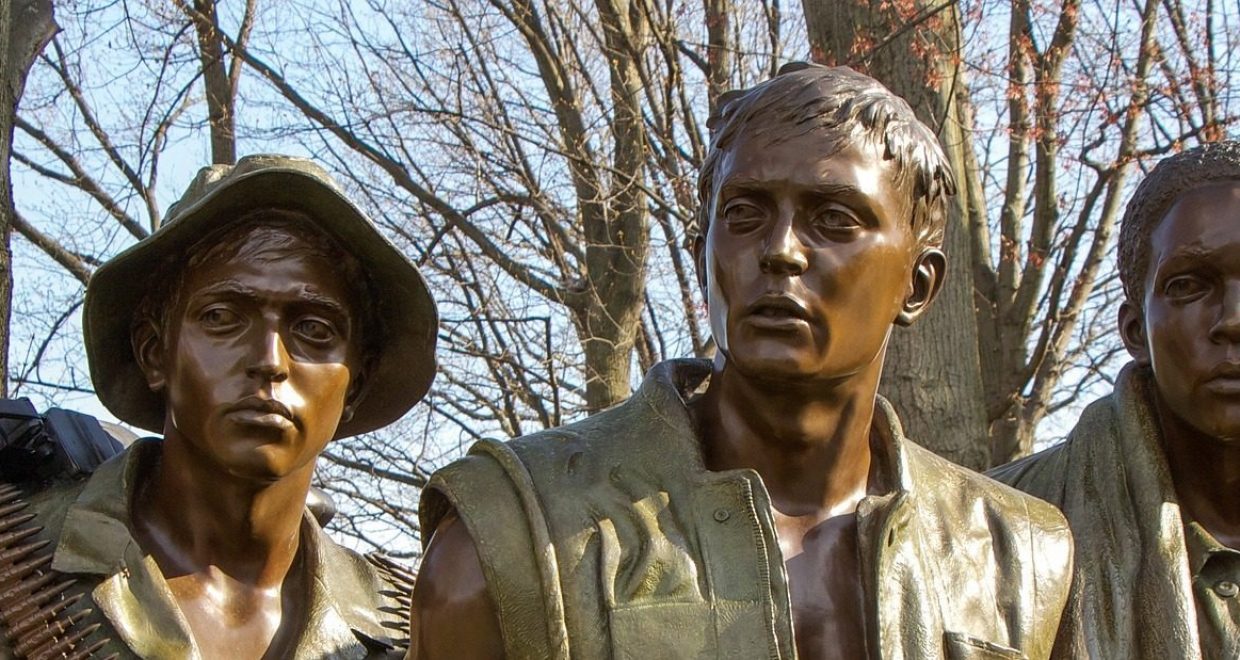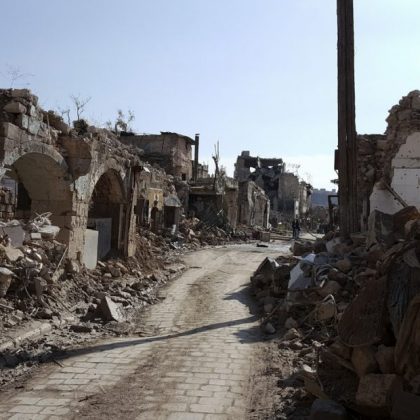Revisiting the Vietnam War
The publication of “Revisiting the Vietnam War and International Law: Views and Perspectives of Richard Falk” is a bonus book that has grown out of my ongoing project about the Bertrand Russell International War Crimes Tribunal on American War crimes in Vietnam. The articles in the book emphasize the importance of International Law for global order.
There are several legal aspects of interest regarding the American Armed Forces’ presence and warfare in Indochina, which in the West is called “the Vietnam War” and “the American War” by the Vietnamese.
There is a fundamental legal difference between the laws governing the initiation of armed conflicts – jus ad bellum – and the laws governing armed conflicts – jus in bello – which is better known as “International Humanitarian Law” and also LAOC “Law of Armed Conflict.”
International Criminal Law and the Charter of the United Nations presuppose that armed conflicts are between nation states. This means that it is silent about rules governing civil war and acts of terrorism committed by groups not tied to a particular country and government.
The relevance of this limitation becomes obvious when we ask: who attacked whom and what kind of armed conflict are we talking about? It also raises the question of statehood. When the French throw in the towl after the defeat at Dien Bien Phu in the spring of 1954 and the Americans replaced them determined to contain the spread of Communism, Vietnam was still One country. At what point did we have two seperate states North and South Vietnam? The answer is crucial for deciding if we’re talking about a regular armed conflict between two nation states or a civil war.
At which point did the United States enter the conflict and was it as an aggressor or as a member of an alliance – SEATO – obliged to assist South Vietnam which had been unlawfully attacked by North Vietnam?
Then we have all the war crimes and crimes against humanity committed during the conflict. The Americans used weapons like phosphorus bombs and napalm. They bombed civilian targets like hospitals and schools and they used a very toxic defoiliant called Agent Orange the effects of which still is causing genetic defects in the third and fourth generations. Was all this according to International Law and the UN Charter?
The message of the book is particularly relevant for viewers of “The Vietnam War”, which is a new ten-part, 18-hour documentary film series directed by Ken Burns and Lynn Novick. Together with Geoffrey C. Ward they have also published a 600 pages nicely illustrated book with the same title.
The problem with the documentary as well as the book is well pointed out in John Pilger’s review “The Killing of History”, where he questions the portrayal of the war right from the start. The narrator says the war “was begun in good faith by decent people out of fateful misunderstandings, American overconfidence and Cold War misunderstandings”.
This gives a very distotred picture of an American aggressive war that was full of war crimes and crimes against humanity and on the whole morally abhorant. That’s why the book with Richard Falk’s emphasis of the importance of International Law is particularly relevant at a time in history when the United States seems ready to commit what is still not concidered as a war crime: the use of atomic weapons. That will be the subject of our next book project.
Read more about Stefan Andersson’s book: “Revisiting the Vietnam War and International Law: Views and Perspectives of Richard Falk“.






